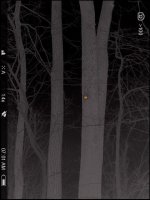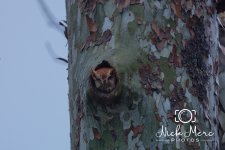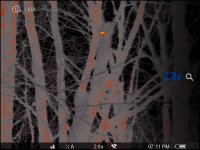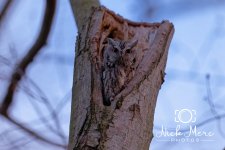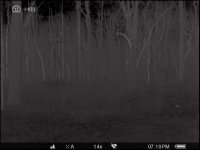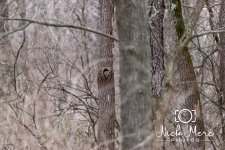a friend of mine got his iRay ZH38 the other day and these are his initial impressions:
"Ok, first night under my belt with the ZH-38. It was a lot to take in at first as I got accustomed to how one of these thermals functions, but eventually I set out on a night walk to try and see what I could find in the patches of woods around the neighborhood.
First off, the optical zoom is a dang useful function, being able to go wide to scan, and then zoom in for a larger image to ID. 38mm, which I think is the equivalent of the XPF 50/Axiom units is a decent length for scanning a tree line from a distance, but I've yet to actually take it into the woods.
Scared off a feral cat from sneaking into my property, which was totally satisfying, as they've been marking stuff on my front porch.
The unit has 5 palettes:
- highlight (which is just a different take on white hot)
- white hot
- black hot
- red hot
- color
So far, I'm finding either white hot or red hot to be ideal for scanning at night. Found a few rabbits bouncing around, and the aforementioned feral cats. No owls as yet though.
Questions/concerns:
1) when scanning tree lines, if I point up higher and include some of the sky, the trees start to glow hot. Is this normal? Maybe it's due to the massive temp difference of the open atmosphere and trees, so it's attempting to display the difference?
2) out of range/far distant landscape objects (trees, hills that are beyond the scan limit) all glow hot. Is this normal?
3) this thing is straight out of China, and so you get the typical badly translated guides, but also some fairly unrefined interfaces. Build quality seems hefty and solid, though a couple of things are annoying: I'm left-eye dominant, and I can't flip the eye shade around to the opposite side. The battery close/lock doesn't secure tightly enough, so the little lock ring will jingle a bit. I wish Pulsar had made this unit, honestly.
4) firmware: their website says there is a much newer firmware available, but the Infiray App doesn't seem to think there is. Documentation is limited, so I may have to contact support and see how to go about it; again, it's not well translated.
Aside from those few niggles, I think it's a unit that will tremendously aid in finding stuff. Hoping to take it out sometime this weekend to an area that has Saw-whet Owls and finally get a shot of one of those!"








